Do you need to aerate your lawn? Yes! But why?
Lawn aeration is the process of perforating the soil with small holes so air, water and nutrients can reach the grass roots where they’re needed most. These openings give roots room to breathe, improving their ability to absorb moisture and fertilizer while relieving compacted soil that can block healthy growth.
Think of compacted soil like a brick — dense, unyielding and tough on roots. By using a specialized aerator to pull plugs of soil from the ground, you instantly loosen that structure, making it easier for oxygen, water and beneficial microbes to circulate. It also gives lawn roots the room needed to grow vigorously. The result? A healthier, thicker lawn that drains more efficiently and stands up better for everyday use.
Homeowners typically consider two main types of aeration:
Core Aeration: This method uses a machine equipped with hollow tines to remove small plugs of soil, usually two to three inches deep. Core aeration breaks up thatch, relieves compaction and creates lasting channels that allow nutrients to reach the roots. It’s the approach TruGreen professionals rely on — because unlike spike aeration and liquid aeration - it consistently delivers visible, long-term results.
Spike Aeration: This method uses solid tines or spikes to poke holes into the lawn without removing soil. While it may seem quick and convenient, spike aeration can actually push soil sideways, increasing compaction around the holes. It’s generally considered a short-term fix rather than a lasting solution.
Not sure if it is time to aerate lawn areas around your home? Watch for these red flags:
- Water puddles on the grass after a moderate rain
- Grass looks thin or dull despite regular watering
- Soil feels rock hard when you try to push a screwdriver into it
- Heavy clay soil or frequent vehicle and foot traffic has packed the ground tight
- A half inch or more of spongy lawn thatch builds up on top of the soil


 Branch Finder
Branch Finder










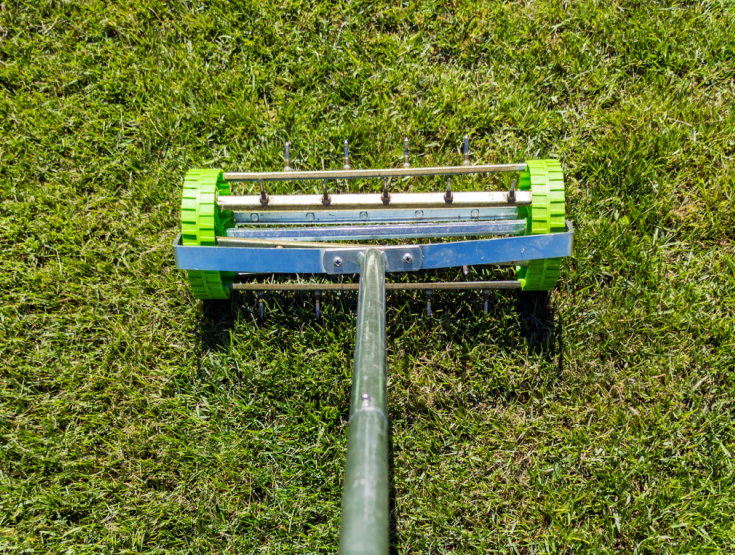
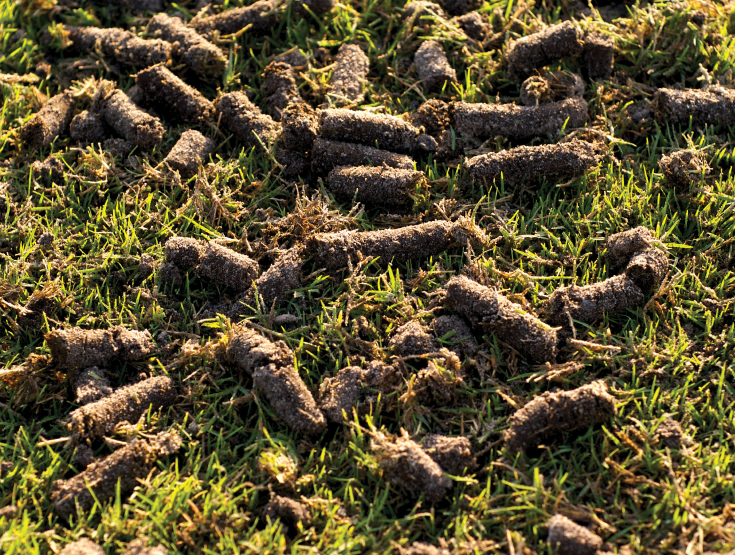
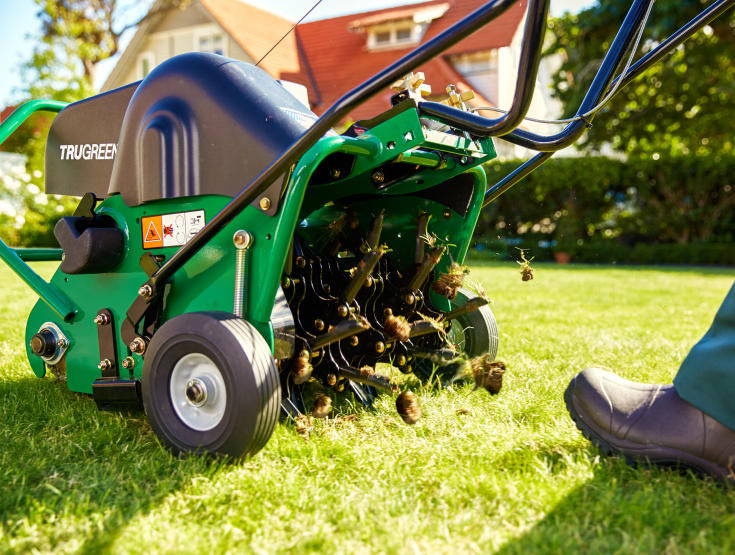
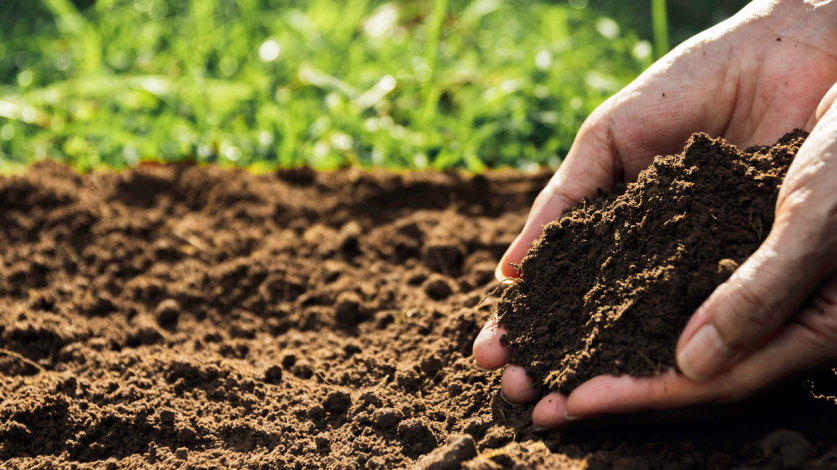
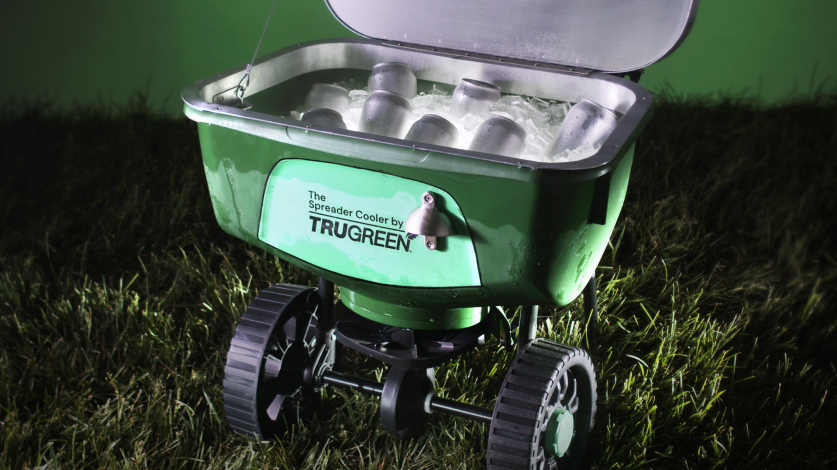
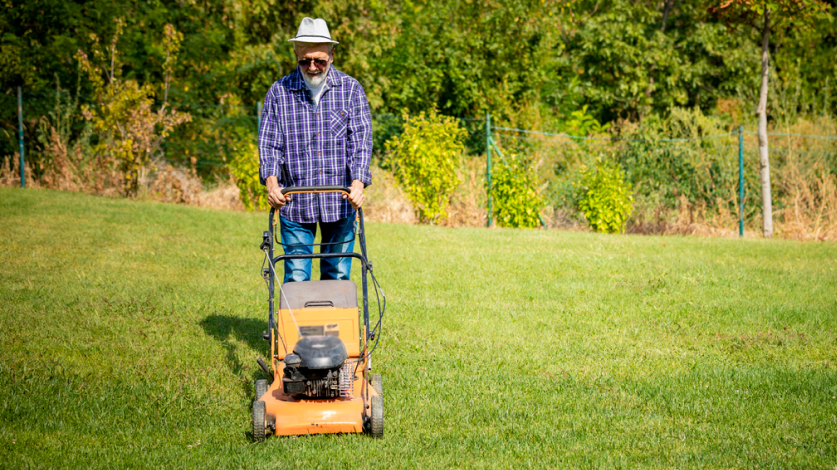
 Back to all blogs
Back to all blogs

Facebook
X
Youtube
Copy Link
Email